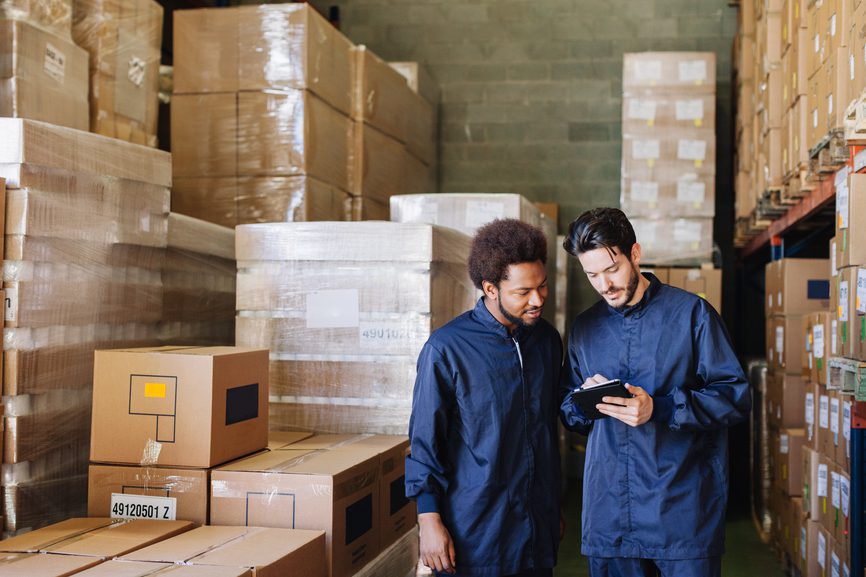Advanced facility relocation projects can be challenging, combining complex logistics with potentially significant effects across multiple operational areas. Tasking stakeholders with activities focused on ensuring a positive user experience can be a good way to maintain engagement throughout a relocation initiative’s lifecycle while also preserving the project team’s resources for elements that require their specialized expertise. But that’s just the beginning.
Why should stakeholders handle more than just basic relocation tasks?
Project teams should also consider more advanced tasks that may be suitable for delegation before, during, or after a move. Stakeholders with the right kind of expertise can be a big asset, and there are some activities where their organizational knowledge provides significant advantages. If you’re looking for prime opportunities to drive stakeholder involvement, consider some of the tasks your project contributors might be eager to tackle.
Stakeholders drive sustainability in relocation projects
Between potential environmental, economic, and social areas of focus, there are likely a variety of tasks related to sustainability measures that stakeholders are well placed to oversee. These may include anything from marking the location of recycling bins in new building occupants’ welcome packets to coordinating rideshares and helping workers sign up for subsidized transit passes. Put out a call for interested stakeholders and ask them for ideas. You may also prompt them to identify sustainability opportunities within the move process itself, from working with employees to reduce packing waste to developing plans to repurpose materials or equipment that are redundant or unnecessary after the move.
Definition Box: Sustainability in relocation refers to environmentally and socially responsible practices integrated into the move process, such as reducing waste, lowering emissions, and promoting reuse.
Stakeholders can document existing site knowledge
New facilities offer important opportunities to design more efficient workflows and set up more productive work areas. But don’t underestimate the value of the lessons learned in the legacy facility. Consider assigning long-tenured employees to document existing workspace setups, shared space configurations, and building resources. This allows the organization to capture valuable institutional knowledge, such as historical contexts and workflow patterns that may be useful for improving the new location and optimizing departmental processes. Something as simple as documenting current supply closet locations can help the new space’s occupants better understand how to position and stock supplies to match the needs of nearby groups.
Stakeholders can evaluate and confirm floor plans
Desk and office assignments may be made months in advance, but anything can happen between those early planning stages and move-in day. Department representatives should review and validate preliminary floor plans for their areas just prior to relocation to ensure the initial plan still fits the current reality. Have they gained new staff that weren’t accounted for in early layouts? Does the signing of a new business partnership deal mean that more onsite conferencing space is needed? Task key stakeholders with identifying potential issues, which can range from department adjacencies to the number of workstations needed, and even special requirements that may not have been on the radar earlier. This gives the project team a window of time to make adjustments before the space is fully occupied.
Stakeholders can help with technology testing and setup
For departments with significant or sophisticated technology needs, it may be useful to assign IT power users to help with pre- and post-move technology-related tasks. These volunteers can assist with verifying connectivity in the new space, testing software functionality to identify potential integration issues unique to the new area, and confirming that the necessary network resources are ready in spots where connected devices or equipment will be installed. Partner with the IT group to ensure that representatives from each functional area have the right level of expertise to capture and accurately interpret data to deliver useful insights, and provide them with any tools that may be needed to carry out their delegated duties.
FAQ
What are good first tasks to delegate to stakeholders in a move project?
Start with sustainability, workspace documentation, and department-specific floor plan reviews—areas where stakeholders have contextual insight.
Why is floor plan validation important before moving?
It ensures the current layout reflects up-to-date headcounts and needs, avoiding post-move disruptions.
How can stakeholders support IT during a facility relocation?
Power users can help test systems, confirm connectivity, and report integration issues from a user’s perspective.
What value does documenting the old facility bring?
It preserves institutional knowledge and informs better decisions in setting up the new space.
Can sustainability efforts in relocations actually reduce costs?
Yes—by cutting waste, optimizing resources, and leveraging employee transit incentives, sustainability can drive both savings and goodwill.


